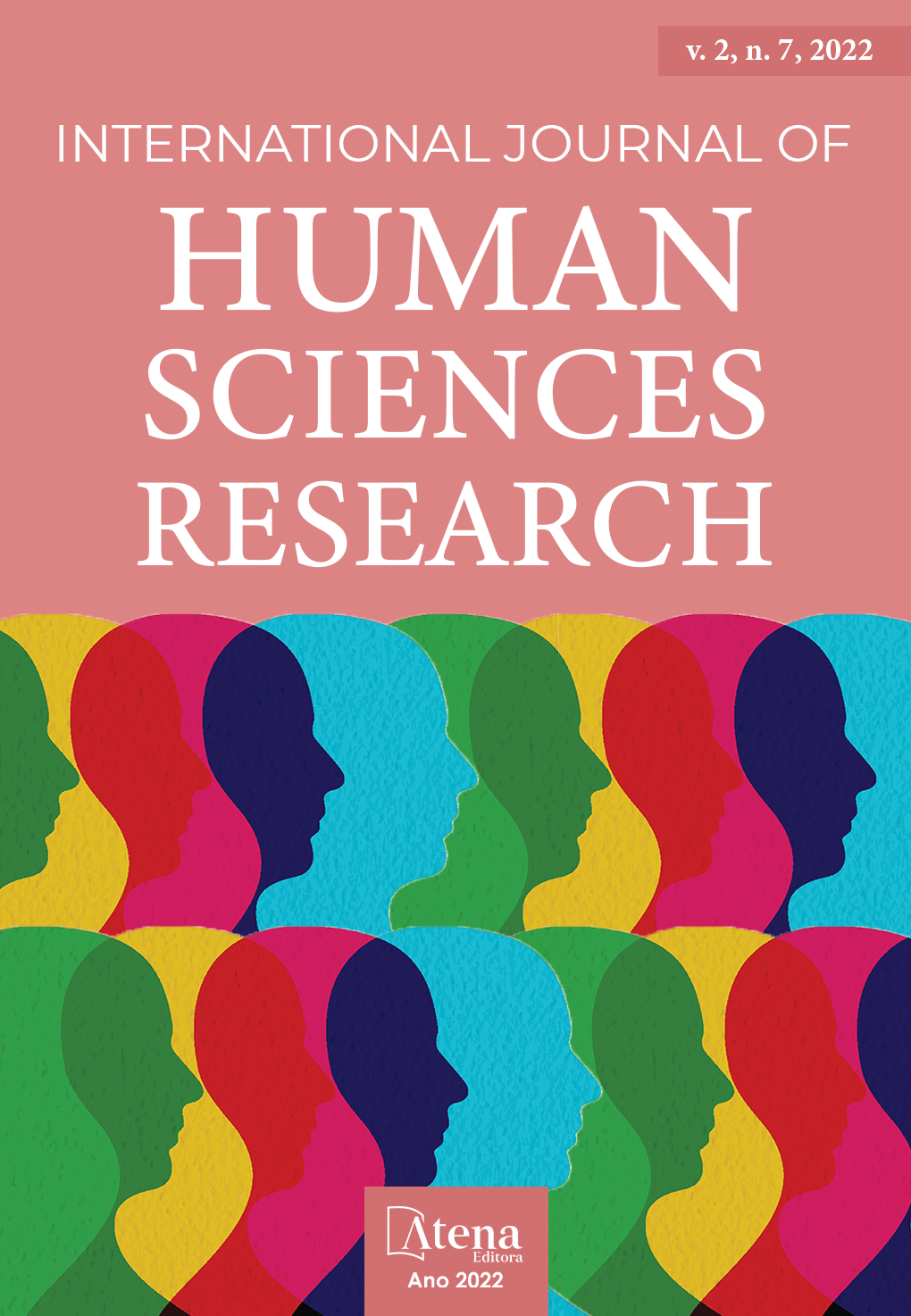
THE TOURIST DEVELOPMENT OF ROSARIO DE LA FRONTERA: ANALYSIS OF THE MAP OF LOCAL TOURIST ACTORS
Rosario de la Frontera é uma cidade localizada a 180 km ao sul de Salta e 135 km ao norte de Tucumán, cercada por mais de 10.000 ha de colinas e florestas.
Chama-se A Cidade Termal, pelas suas águas termais com nove tipos de água, uma delas, a vertente das águas sulfurosas, atinge os 90ºC, embora não seja a única coisa significativa que possui.
Sua fama nacional foi obtida ao se tornar o primeiro spa termal da Argentina e o primeiro cassino da América do Sul.
Foi fundada pelo médico espanhol radicado na Argentina Antonio Palau em 1880. "As Termas de Salta, bem merecem o nome, porque segundo os conhecedores, elas compreendem a coleção mais original, variada e estranha de águas minerais, desde frias até cozinhadas ovos introduzidos em um lenço, e com soluções de ferro algumas, de enxofre outras, de sal, ou de vários sais batizados e analisados, Vichy, Seltz, etc." Nestas palavras, publicadas no jornal El Censor, Domingo Faustino Sarmiento descreveu o local que o recebeu em 9 de julho de 1886.
THE TOURIST DEVELOPMENT OF ROSARIO DE LA FRONTERA: ANALYSIS OF THE MAP OF LOCAL TOURIST ACTORS
-
DOI: 10.22533/at.ed.558272221035
-
Palavras-chave: turismo- atores locais- Rosario de la Frontera
-
Keywords: tourism- local actors- Rosario de la Frontera
-
Abstract:
Rosario de la Frontera is a town located 180 km south of Salta and 135 km north of Tucumán, surrounded by more than 10,000 ha of hills and forests.
It is called The Thermal City, for its hot springs with nine types of water, one of them, the sulphurous water slope, reaches 90ºC, although it is not the only significant thing it has.
Its national fame was obtained by becoming the first thermal spa in Argentina and the first casino in South America.
It was founded by the Spanish doctor based in Argentina Antonio Palau in 1880. "The Baths of Salta, well deserve the name, because according to the connoisseurs, they comprise the most unique, varied and strange collection of mineral waters, from cold to cooking eggs introduced in a handkerchief, and with solutions of iron some, of sulfur others, of salt, or of several salts baptized and analyzed, Vichy, Seltz, etc." Onthese words, published in the newspaper El Censor, Domingo Faustino Sarmiento described the site that received him on July 9, 1886.
The thermal waters are located 7km from the homonymous town and the tourist development has historically positioned the town as a thermal center, leaving aside other tourist potentialities such as its great avifaunistic natural wealth and its cultural heritage, in addition to the town itself, to which very little tourism arrives, because the center of attention is the thermal hotel.
Rosario de la Frontera, began the tourist activity in the late nineteenth and early twentieth centuries, in the geographical space of the Sierras de La Candelaria, where the thermal waters that gave rise to the construction of primitive baths and then a hotel complex promoted by Dr. Antonio Palau emerge.
The heyday lasted about half a century and then by different situations the activity was radically affected despite the efforts to recover the local development of the first epochs.
It is worth mentioning that the emblematic hotel is based on a property of around 800ha (Cerro Terma) where the thermal resource emerges with very little maintenance and channeling.
Currently and for some time now, attempts have been made to articulate joint actions from various sectors (public and private) to recover the development of tourism, benefiting not only the Hot Springs and their surroundings, but also the town of Rosario de la Frontera. But so far, it is not possible to identify strategies that enhance the integration, inclusion and harmonious development of tourism.
A study that gives a fundamental answer to historically implemented questions and proposals for change is necessary to get out of the stagnation and become a tourist destination again and with a projection of sustainability.
That is why this research work proposes to identify the different actors or agents (stakeholders) that intervene in the tourist activity, carrying out a approach to the definition and descriptive analysis of these actors and their implications for development.
To this end, different criteria were addressed from a holistic perspective, determined by historical-cultural, political, economic and social indicators that allowed to visualize and deepen, the knowledge about the implications in the local tourism development and to glimpse strategies of change that allow the synergy of tourism in Rosario de la Frontera, as a tourist pole of the Region.
The preliminary results of this research show us a disjointed map, with uncontracted views between the actors, legal and management gaps that are long-standing, but with a shared purpose that is to want to develop tourism in the town and the southern region of the Province, not only hand in hand with the thermal resource that is invaluable but also with the natural and cultural wealth; taking advantage of the strategic positioning that Rosario has since it is located on National Route 34 (main corridor of Argentina and International).
-
Número de páginas: 6
- Graciela Walter
- Gonzalo Moya Romero
- Carolina Mercado Echazu


